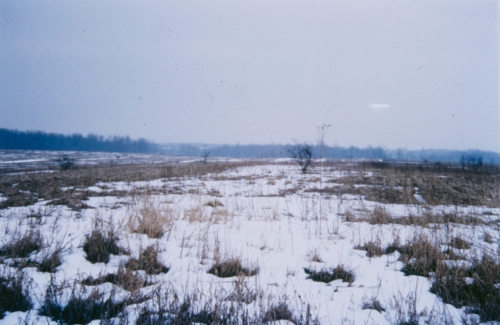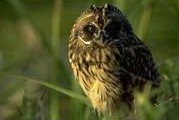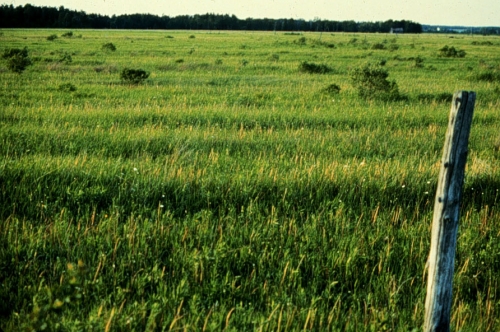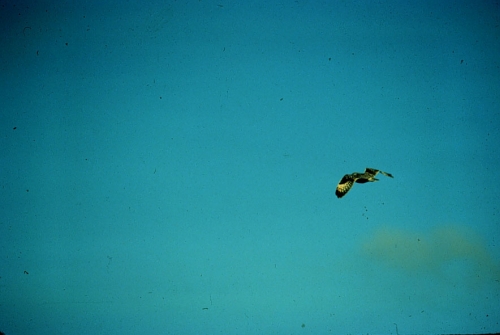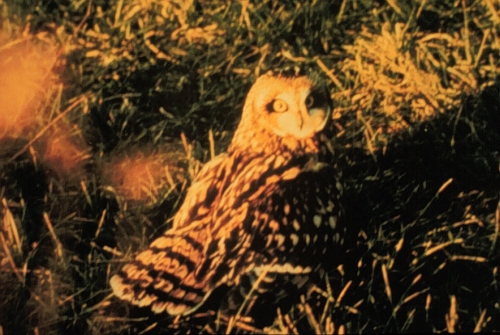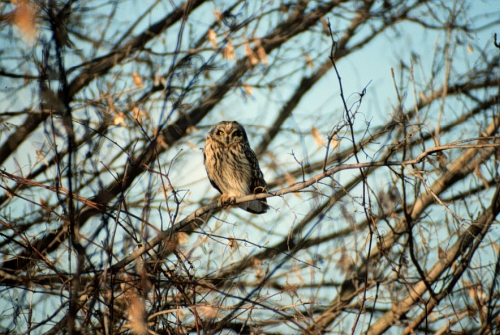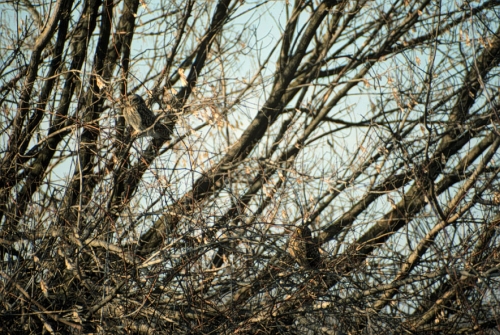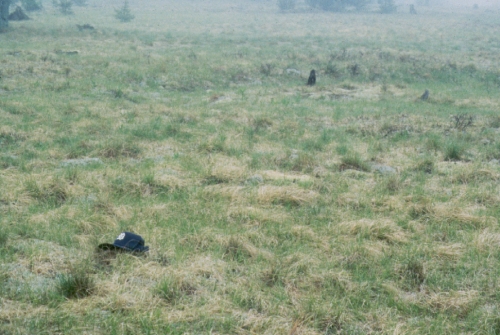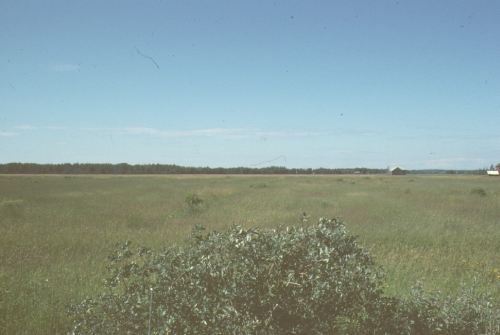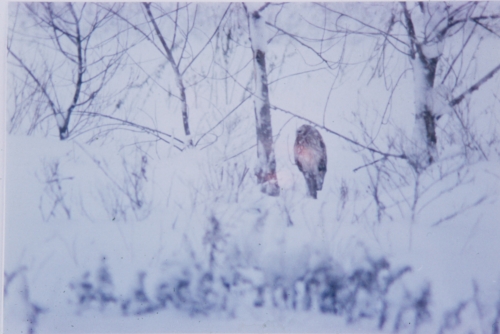Plants and Animals
Asio flammeus Short-eared owl
Key Characteristics
The Short-eared owl is a medium-sized owl with long wings and a short tail with a tawny, boldly streaked breast and a belly that is paler and more lightly streaked. The face is round with small ear tufts. The flight pattern of the Short-eared owl is erratic and low to the vegetation. When in flight, pale wing patches are visible near the ends of the upper wings and dark "wrist marks" may be observed on the underside of the wings. The vocalization of the Short-eared owl, which is typically heard only in the spring, can be likened to that of a barking dog.
Status and Rank
US Status: No Status/Not Listed
State Status: E - Endangered (legally protected)
Global Rank: G5 - Secure
State Rank: S1 - Critically imperiled
Occurrences
| County | Number of Occurrences | Year Last Observed |
|---|---|---|
| Chippewa | 1 | 1984 |
| Hillsdale | 1 | 1996 |
| Missaukee | 1 | 1992 |
| Osceola | 1 | 1992 |
| Tuscola | 1 | 2024 |
Information is summarized from MNFI's database of rare species and community occurrences. Data may not reflect true distribution since much of the state has not been thoroughly surveyed.
Habitat
Short-eared owls utilize a wide variety of habitats that are typically open and have low vegetation with an abundance of small mammals.
Natural Community Types
- Bog
- Emergent marsh
- Great lakes marsh
- Lakeplain wet prairie
- Lakeplain wet-mesic prairie
- Mesic prairie
- Mesic sand prairie
- Northern wet meadow
- Southern wet meadow
- Wet prairie
- Wet-mesic sand prairie
For each species, lists of natural communities were derived from review of the nearly 6,500 element occurrences in the MNFI database, in addition to herbarium label data for some taxa. In most cases, at least one specimen record exists for each listed natural community. For certain taxa, especially poorly collected or extirpated species of prairie and savanna habitats, natural community lists were derived from inferences from collection sites and habitat preferences in immediately adjacent states (particularly Indiana and Illinois). Natural communities are not listed for those species documented only from altered or ruderal habitats in Michigan, especially for taxa that occur in a variety of habitats outside of the state.
Natural communities are not listed in order of frequency of occurrence, but are rather derived from the full set of natural communities, organized by Ecological Group. In many cases, the general habitat descriptions should provide greater clarity and direction to the surveyor. In future versions of the Rare Species Explorer, we hope to incorporate natural community fidelity ranks for each taxon.
Management Recommendations
Management should focus on maintaining large contiguous areas of grassland, marsh, or wet meadow and could be accomplished through conservation easements, land purchases, utilization of the Conservation Reserve Program (CRP), etc. Management practices that increase the quality of habitat and prey-base include burning or mowing every few years. Mowing or burning should not be conducted from mid-April through mid-July in order to avoid nest destruction and mortality of young birds. Ideally fields should be mowed from the center outward to allow fledgling birds to escape. When burning large contiguous area (> 100 ac.) no more than 1/3 of the habitat should be burned annually. In smaller fragments (< 100 ac.) ½ the site could be burned annually. If several small sites are within close proximity (within 1 mile) of one another, then some of these fragments can be burned entirely while other small fragments are left unburned.
Active Period
Migration from first week of November to third week of April
Nesting from third week of April to third week of July
Survey Methods
The best way to survey for the presence/absence of the Short-eared owl is to go out and watch (and listen) for owls in the evening hours (or alternatively during the early morning hours) as this species is crepuscular.
Visual, broadcast call
Survey Period: From third week of November to fourth week of March
Time of Day: Evening
Visual, broadcast conspecific call
Survey Period: From first week of May to third week of July
Time of Day: Evening
References
Survey References
- Bibby, C.J., N.D. Burgess, and D.A. Hill. 1992. Bird Census Techniques. Academic Press, New York.
Technical References
- Cooper, J.L. 2000. Special Animal Abstract for Asio flammeus (Short-eared owl). Michigan Natural Features Inventory, Lansing, MI. 3pp.
- Evers, D.C. 1994. Endangered and Threatened Wildlife of Michigan. The University of Michigan Press, Ann Arbor. 412pp.
- Johnsgard, P.A. 1988. North American Owls. Smithsonian Books, Washington D.C. 352pp.


